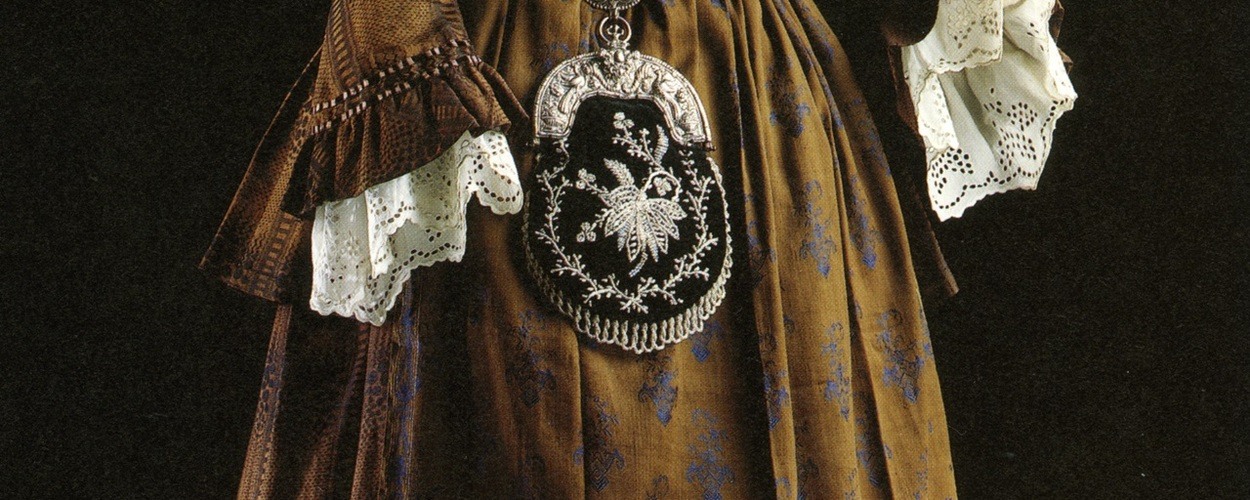The Frisian Costume is one of the museum´s icons. Although the term ´national costume´ implies an unchanging costume, the museum´s collection includes several examples of a traditional costume subject to change, showing its history. This way, a variety of local traditional costumes with distinctive headgear for women came into being in the Netherlands during the nineteenth century. Regional costumes reveal the wearer´s origins and the group he/she belongs to, and therefore are important clues to the wearer´s identity. Distinctive clothing was worn in Friesland from the seventeenth century into the twentieth century. During this time, ‘Frisian Costume’ was changing in line with international fashions.
Headwear also kept abreast of changing trends. In fact, we cannot speak of one definitive Frisian costume, but of several fashion trends, always accessorised with an oorijzer, an ornamental metal ear piece, and a lace bonnet. A sixteenth-century oorijzer was an iron wire that secured a cap to the head, over which another lace cap was attached. Such oorijzers developed into ornate jewellery made of silver or gold. Over three centuries its shape changed from a frame into a helmet. The lace bonnets were also continually modified to keep in line with fashion and to show the latest lace designs.
